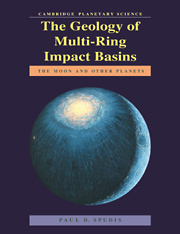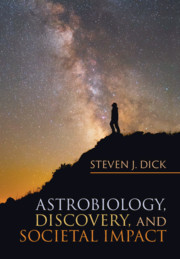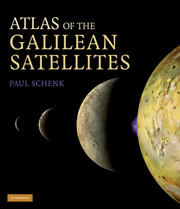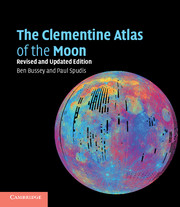The Geology of Multi-Ring Impact Basins
Multi-ring basins are large impact craters formed in the early history of planets. They critically affect the evolution of the planets and their satellites. The Moon offers an exceptional chance to study these phenomena and this book provides a comprehensive geological study using data from lunar landings and remote sensing of the Moon. The author covers the formation and development of basins and considers their chemistry and mineralogy. He studies their effects on the volcanic, tectonic and geological evolution of the planet, including the catastrophic consequence on the planetary climate and evolution of life. This study is lavishly illustrated with many spectacular, highly-detailed photographs and diagrams.
- A comprehensive geological survey of large impact craters on the moon
- A spectacular portfolio of lunar photographs
- A study of the geological evolution of the planets and their satellites
Product details
February 2005Paperback
9780521619233
280 pages
245 × 188 × 15 mm
0.507kg
103 b/w illus. 20 tables
Available
Table of Contents
- Preface
- 1. The multi-ring basin problem
- 2. From crater to basin
- 3. The 'archetype' basin: Orientale
- 4. An ancient basin: Nectaris
- 5. A modified basin: Crisium
- 6. A transitional basin: Serenitatis
- 7. The largest basin: Imbrium
- 8. Geological processes in the formation of lunar basins
- 9. Multi-ring basins on the terrestrial planets
- 10. Multi-ring basins and planetary evolution
- References.






